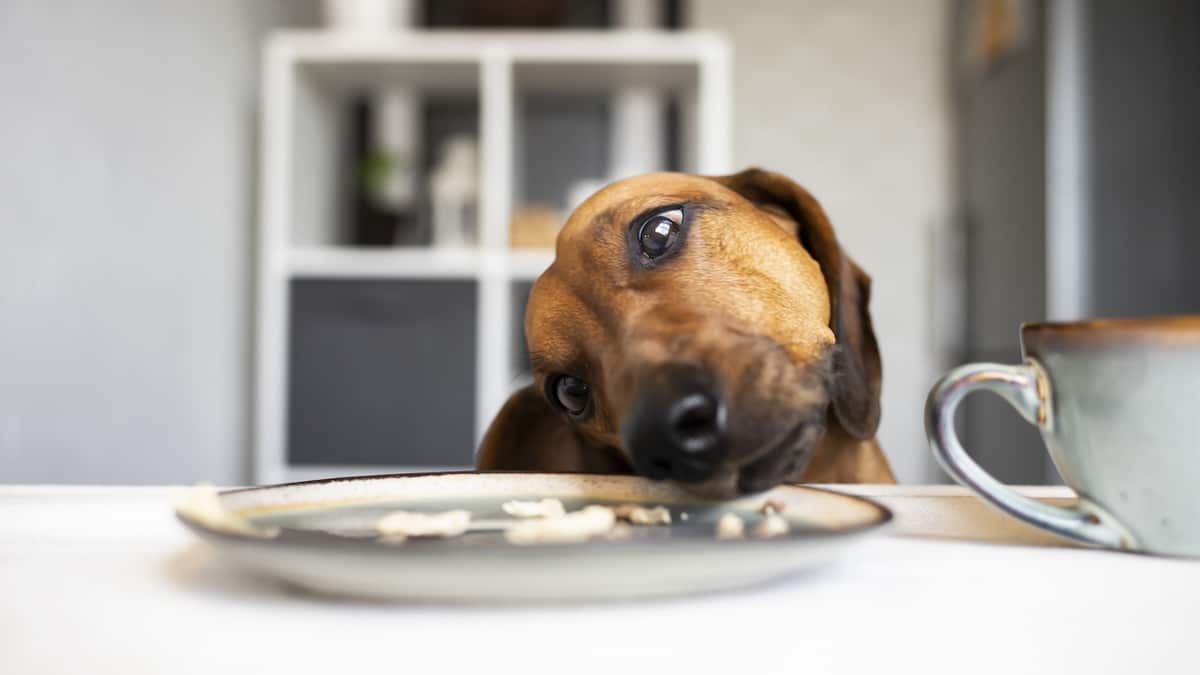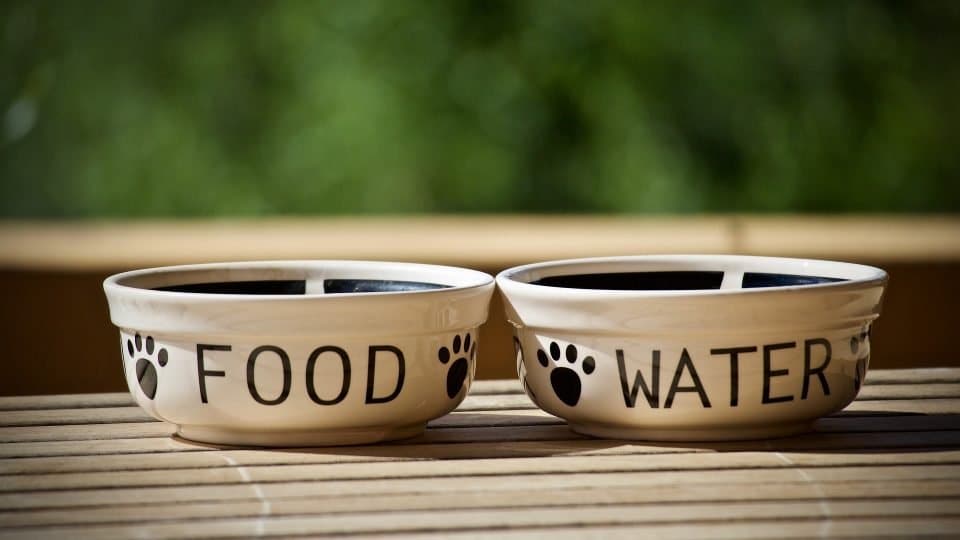- This article has been reviewed by a pet health professional. It is not a substitute for professional veterinary advice.
At one point or another, most of us have considered feeding our dogs vegetables. There’s pumpkin to soothe their tummy, sweet potatoes as a treat, or carrots for an extra boost of vitamins. Now, some pet parents are filling their dog’s bowl with another vegetable: green beans.
What’s the deal with the green bean diet for dogs? We ask two veterinarians, Dr. Jennifer Sperry and Dr. Sabrina Kong, for an expert perspective.
Are Green Beans Safe for Dogs to Eat?
Dogs can definitely eat green beans, even frozen, as long as they contain no oil, spices, or other additives.
Dr. Sperry, an advisor for PetsPlusUS, says that green beans are health powerhouses: “Green beans are a good source of many important nutrients like fibre, iron, and vitamins A, C, and K. Most importantly, they are relatively low in calories, and pretty satisfying, making them a good tool for weight loss in dogs.”
Plus, they offer a dose of omega-3 fatty acids, calcium, folic acid, iron, potassium, and beta-carotene. Because of this, green beans may make for a wonderful treat, snack, or part of a whole-food diet. And dogs seem to love the taste.
How much green beans you offer your dog depends on their food needs in general. Dr Sperry suggests checking the feeding guide on your dog food bag: “If your dog’s portion after adding green beans dips below 80% of their recommended daily portion, check in with your vet for guidance.”

Oksana Restenko via iStock
Avoid canned green beans
Canned beans are not suitable for dogs due to the sodium content in the can. Similarly, any green beans that have been cooked in seasoning, salt, or other flavour enhancers should not be given to your dog.
Can Green Beans Help My Dog Lose Weight?
Pet parents are using green beans to make up a significant portion—up to half—of their dog’s diet, whether to increase their vitamin consumption or to help them achieve a healthy weight.
The theory is that the beans’ high fibre content will leave your dog feeling full, even though they’re actually eating fewer calories. Green beans’ high palatability for most dogs will keep them coming back for meal times, and the nutritive properties of the beans should make it safe.
But you can’t replace half your dog’s diet with them and call it a success.
Sperry says including green beans depends on your dog’s diet—and which part of it you’re replacing. “If a dog’s daily food intake is a mix of dog food and treats (table scraps, cheese, dog biscuits), and only the dog food is replaced by green beans, then the substitution may fail to achieve the goal of weight loss and could also lead to dietary imbalances.”
Those potential imbalances give Dr. Kong, senior veterinary contributor at WeLoveDoodles, pause. “It might help with weight loss because of fewer calories, but dogs need a diet that meets all their nutritional needs, and green beans alone just can’t do that.”
For weight loss, Dr. Kong prefers a holistic approach that considers both diet and exercise: “Besides tweaking their diet, getting more active is key—think more walks, playtime, and other fun activities to get them moving.”
Talking to your veterinarian about the green bean diet
Drs. Kong and Sperry both made one point clear: before you change your dog’s diet—whether with green beans or anything else—you’ll want to talk to your vet. They can help you assess your dog’s overall health and nutrition and come up with a plan that meets all of their needs in a healthy way.
If you do get the green light for green beans, Dr Sperry says it’s key to monitor your pup throughout by asking:
- Are they comfortable and satisfied every day when they eat?
- Are they experiencing any appetite changes, vomiting, or diarrhoea in response to the change?
- How does their hair coat look?
If you or your pet are uncomfortable with anything related to the diet change, go back to your vet.
How To Safely Feed Your Dog Green Beans
1. Fresh and uncooked
For a fun approach, fresh beans can be an excellent treat for playing toss with your pet. One Rover test pup, Pepper, loved both the game and the snack—especially once her pet parent figured out how she liked them (broken into small pieces).
2. Gently cooked
Whole green beans can be gently cooked and fed to your dog as part of a meal or snack. Dr Kong says, “Just remember to start slow and keep an eye out for any digestive issues, like gas or diarrhoea, that might pop up with more veggies in their diet. And when you serve them, the green beans should be plain—no salt or seasonings, please!”
3. Sauteing, steaming, or baking
Lightly sautéing, steaming, or baking the beans will soften their texture for easier eating. In addition to salt, you’ll also want to avoid using oil, butter, or other seasonings, says Dr. Sperry. That means no sharing the beans from your own plate at dinner time.
After cooking, the beans can be served warm or stored in the refrigerator for later. Some pet parents have even found that dogs love a frozen, pre-cooked green bean snack in the summer.
Final Verdict: Is the Green Bean Diet Good for Dogs?
With our experts’ advice in mind, including a moderate amount of green beans in your dog’s diet is fine. If you’re concerned about your dog’s weight or overall nutrition, green beans can help support their overall wellness, replacing less-healthy snacks and table scraps. However, an extreme approach to the green bean diet, such as replacing more than 20% of your dog’s food, could be dangerous for your pup.
Instead, take the time to better understand your dog’s nutritional needs and ensure that they get plenty of activity. These are safer approaches to keeping your dog healthy and their weight under control.
And above all, talking to your vet is the best way to know how and when to incorporate green beans or any other health trends into your dog’s wellness plan.



